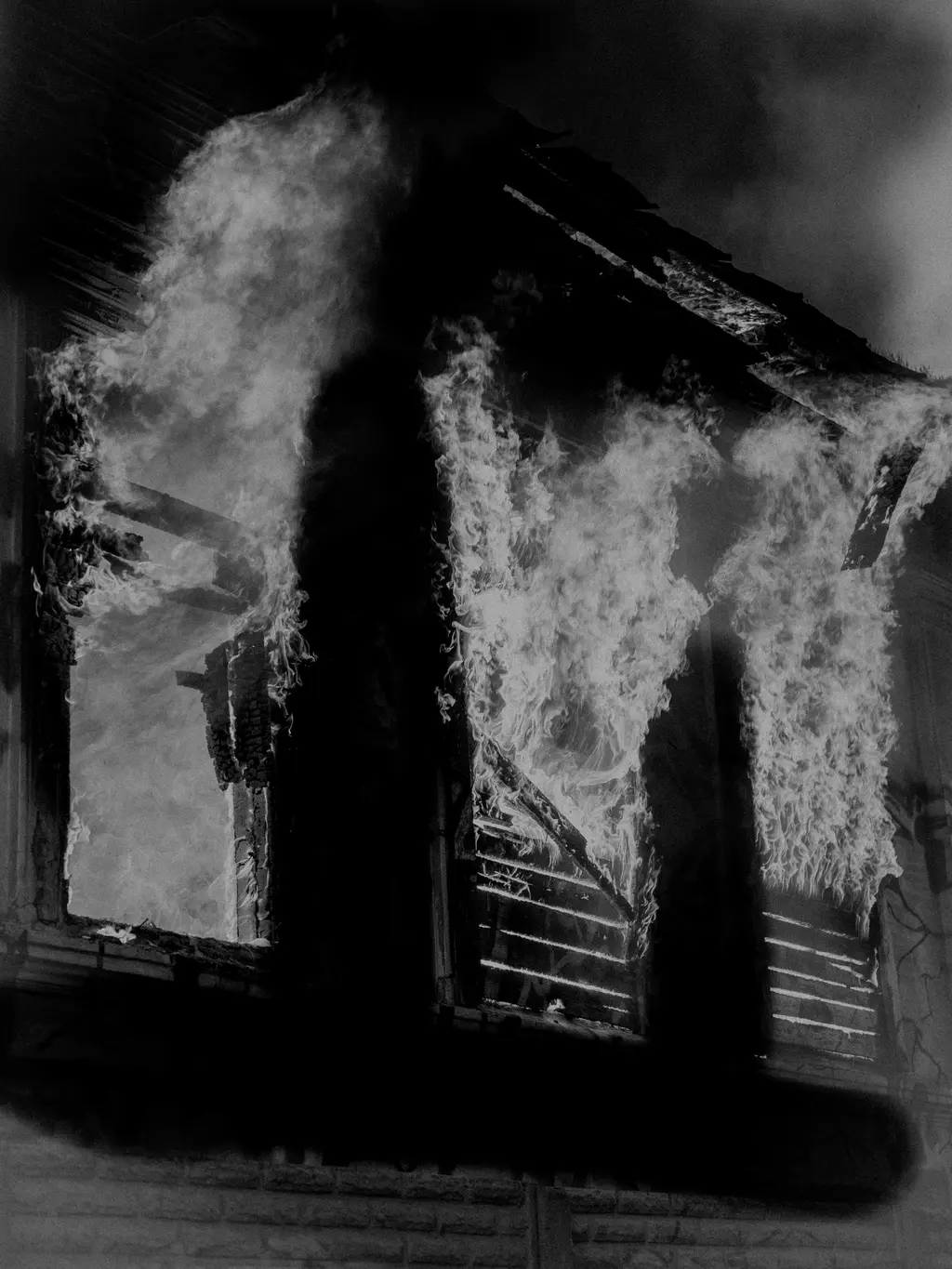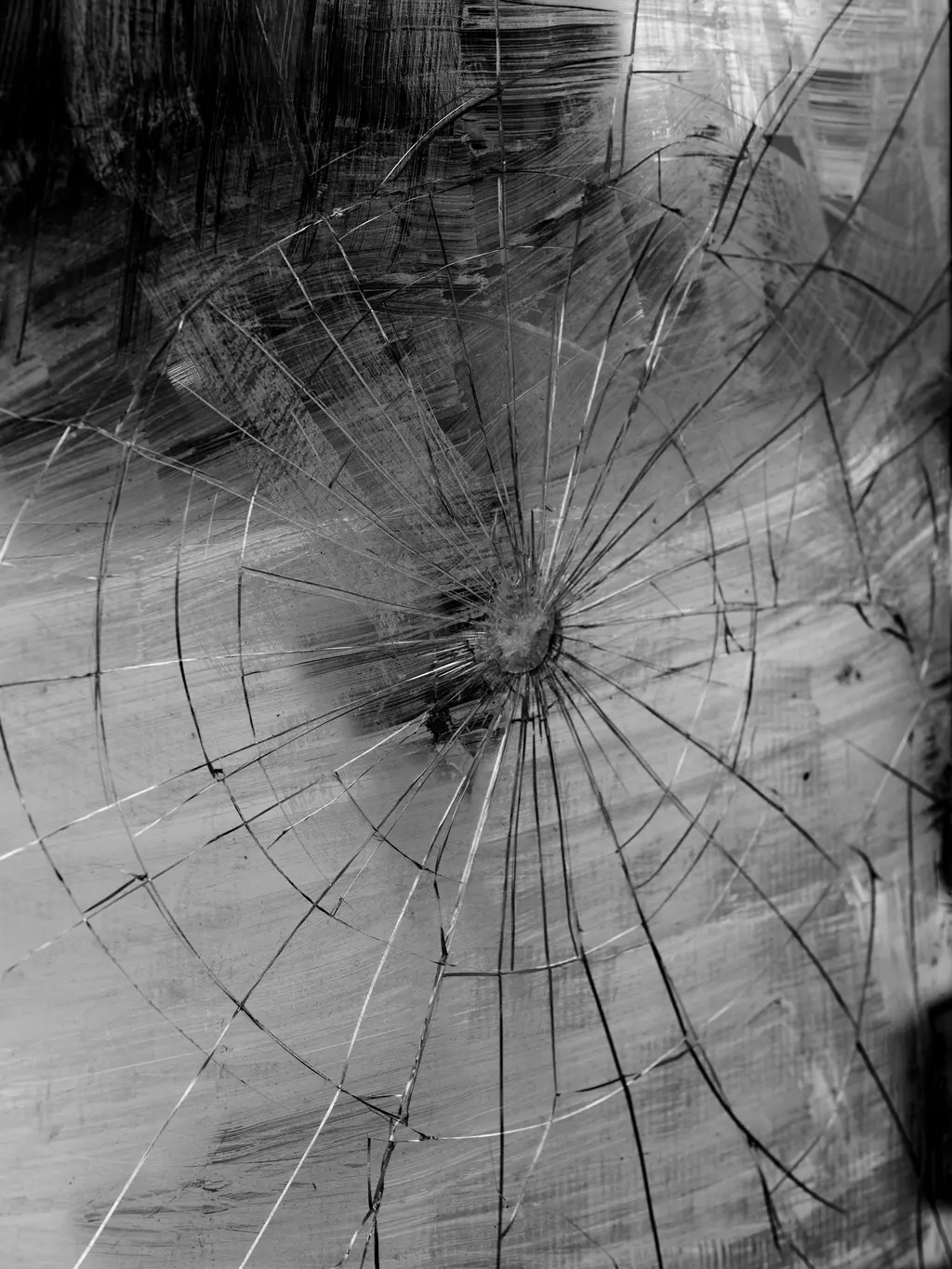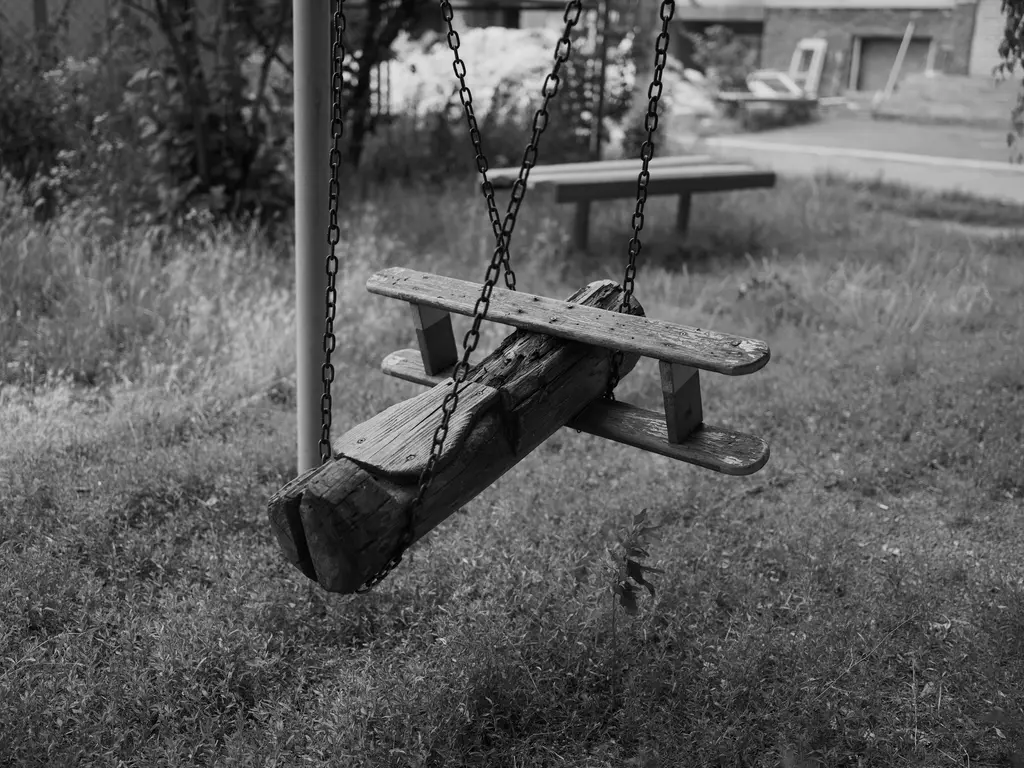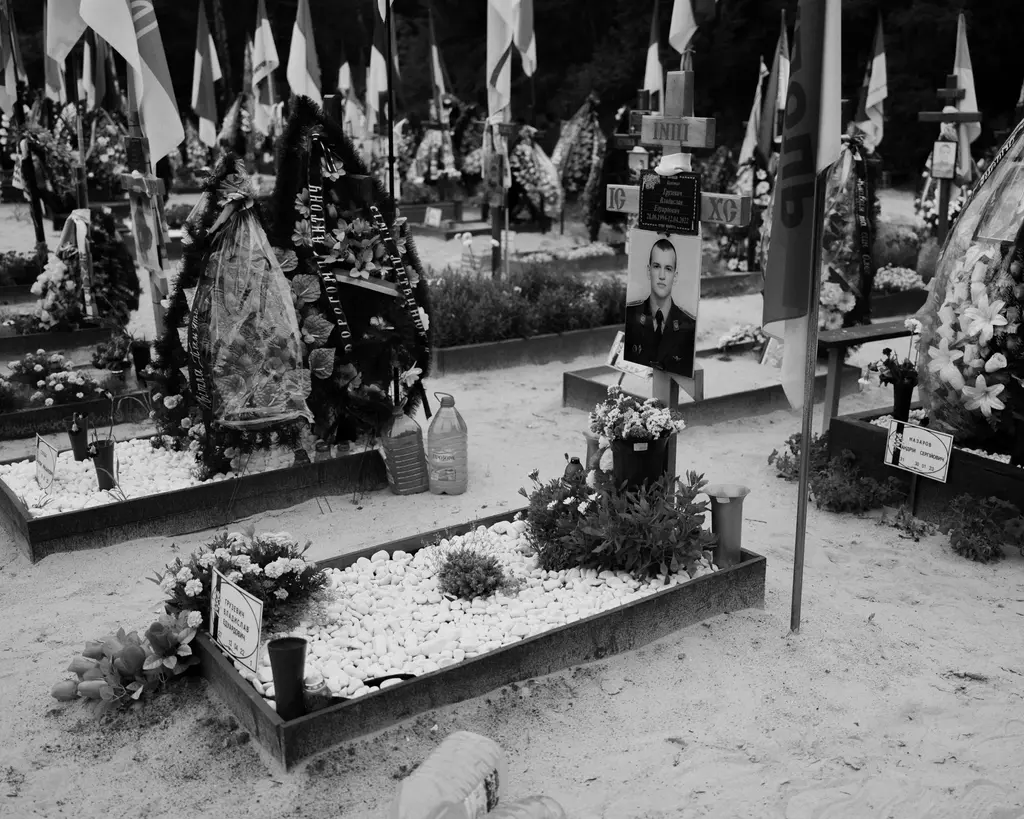Capturing the changing face of war in 2024

Volunteering in a freezing cold war zone isn’t for everybody. But it’s an integral part of photographer Aria Shahrokhshahi’s life and work.
Culture
Words: Tiffany Lai
In Dalston, East London, around the corner from the fish market and down the road from the natural wine shop, you can currently find photographer Aria Shahrokhshahi sitting in Have A Butchers Gallery’s airy exhibition space, surrounded by his work.
The British-Iranian photographer has taken up this post for the majority of his latest show, Sketchbook Volume II, greeting visitors warmly in-person, telling them about the exhibition. For the last five years, Aria has been busy photographing Ukraine, capturing what he calls “the beauty and normality that [still] exists in such an extreme environment”.
This latest show exhibits blown-up shots of Ukrainian ballet dancers, wrestlers and villagers living on the frontline. On a large table, there are sketchbooks containing sniper scope screenshots of tanks incongruously rolling through the countryside and eerily beautiful shots of the Ukrainian landscape stretching out across double page spreads, as captured by drones.
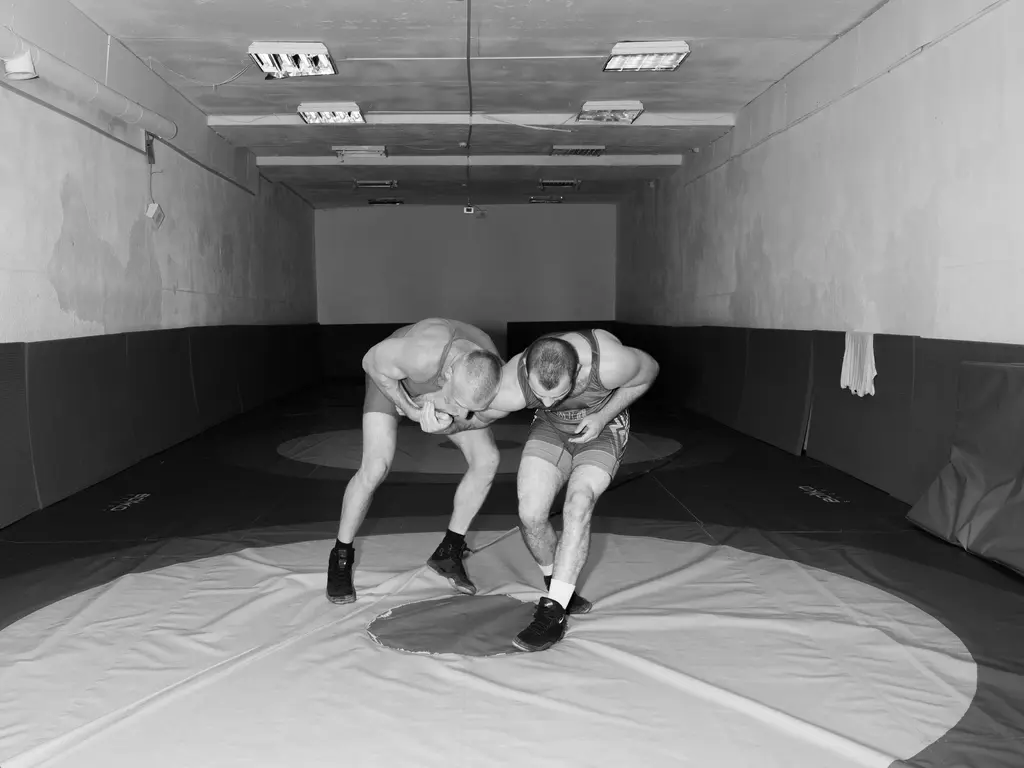
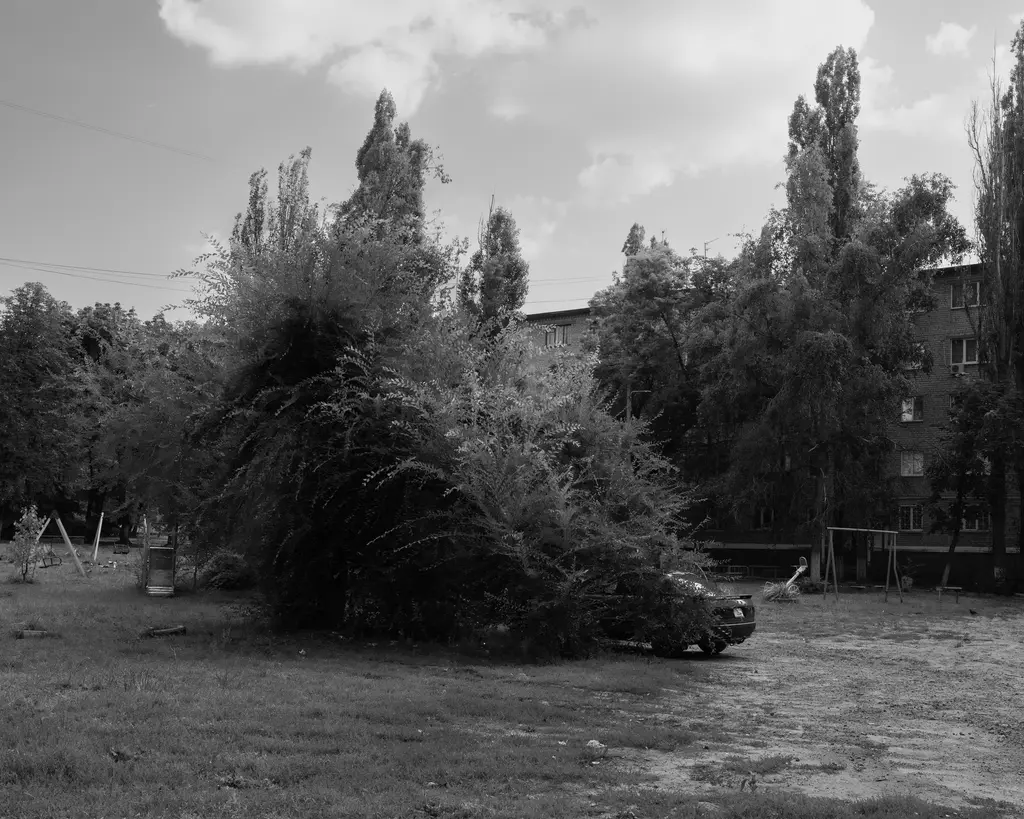
While volume one of the sketchbook focuses on the initial chaos of the war from 2021 to 2023, volume two hones in on the impact of technology on the conflict. “These people’s land and freedom is being documented by machines that are rapidly changing the way the war works and the way we’re seeing Ukraine. I was fascinated by that,” Aria, 27, explains.
To emphasise the effect of advanced technology on contemporary warfare, he fed the images he made into an AI generator which spat out captions to use in the sketchbook. Oscillating between being wildly inaccurate and oddly close to the truth, they lend an uncomfortable subtext to the black and white images – one caption mistakes a snowy field and a tank for an image from the Korean War.
“I’m not interested in war. I had no intention of going and working in a war zone,” Aria insists. Having said that, he’s been spending increasingly icy winters in frontline towns like Mykolaivka and Druzhkivka since the start of the conflict, volunteering with NGOs Base UA and Livyj Bereh to help fix roofs and provide shelter for children.
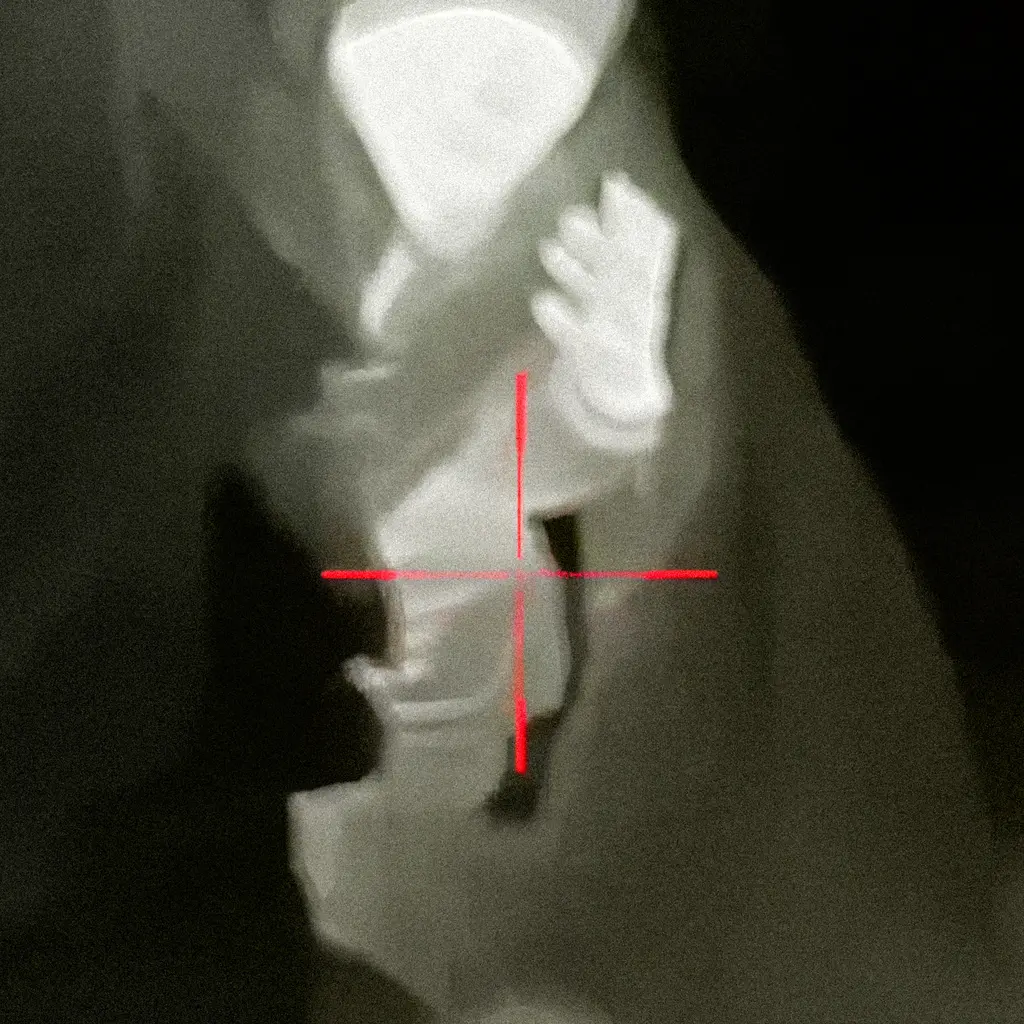
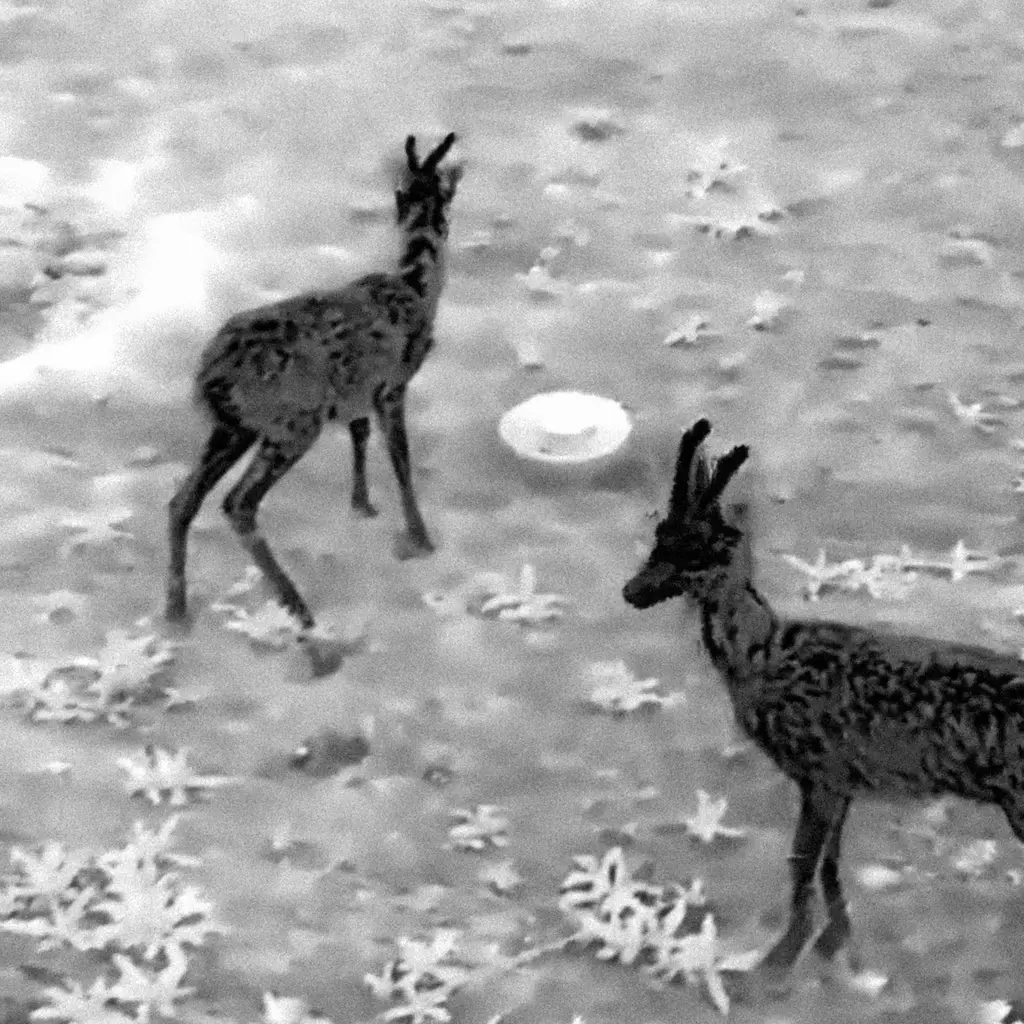


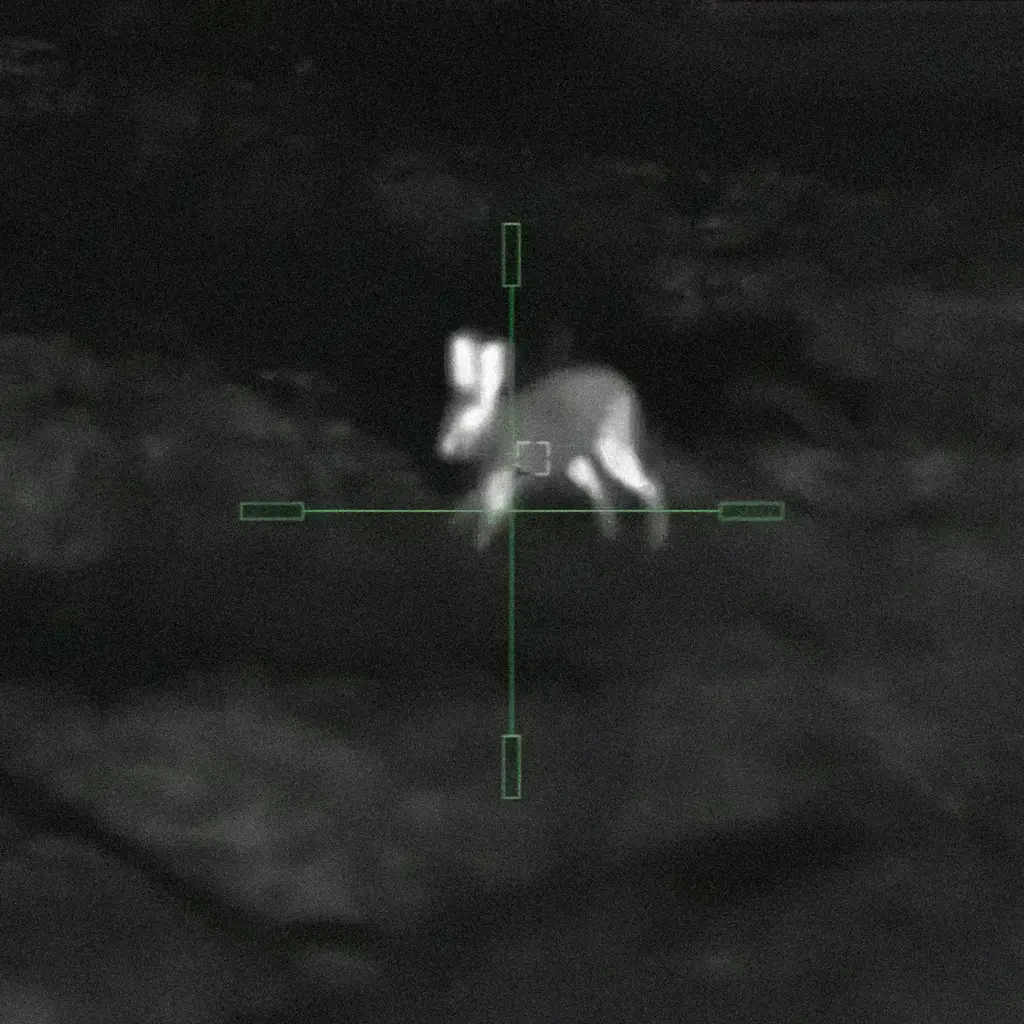
The Nottingham-born photographer first went to Ukraine back in 2019 on a two week holiday. He’s now sober, but at the time, he revelled in Kyiv’s drive to become a party capital like Berlin or New York – not to mention the country’s selection of cheap drinks. On a trip to the eastern city of Kramatorsk, Aria once bought a whole dive bar a round of shots. Inconceivably, the cheapest shot set him back 7p while the most expensive was 21p.
Intrigued by the country’s youth culture and growing national identity, Aria returned both in 2020 and 2021 – a total of four times before the war broke out – slowly building a network of tattoo artist friends. “[It started with] my tattooist Arthur, then my social circle just slowly grew,” he says, extending his forearm to display a heart wrapped in barbed wire with a cross stabbing through it. “Then on the 24th of February 2022 at 6am, I got a text from Arthur saying, ‘Brother, my city is being bombed. I’m scared. Love you, brother.’”
Aria was determined to help. “I didn’t want to go there and just photograph. It wasn’t the right thing to do.” So he pooled some money together and bought a van to help his friends who were rebuilding their homes in bombed cities. Luckily, Aria had some construction experience himself, having picked up some bricklaying skills at school back home in Nottingham.
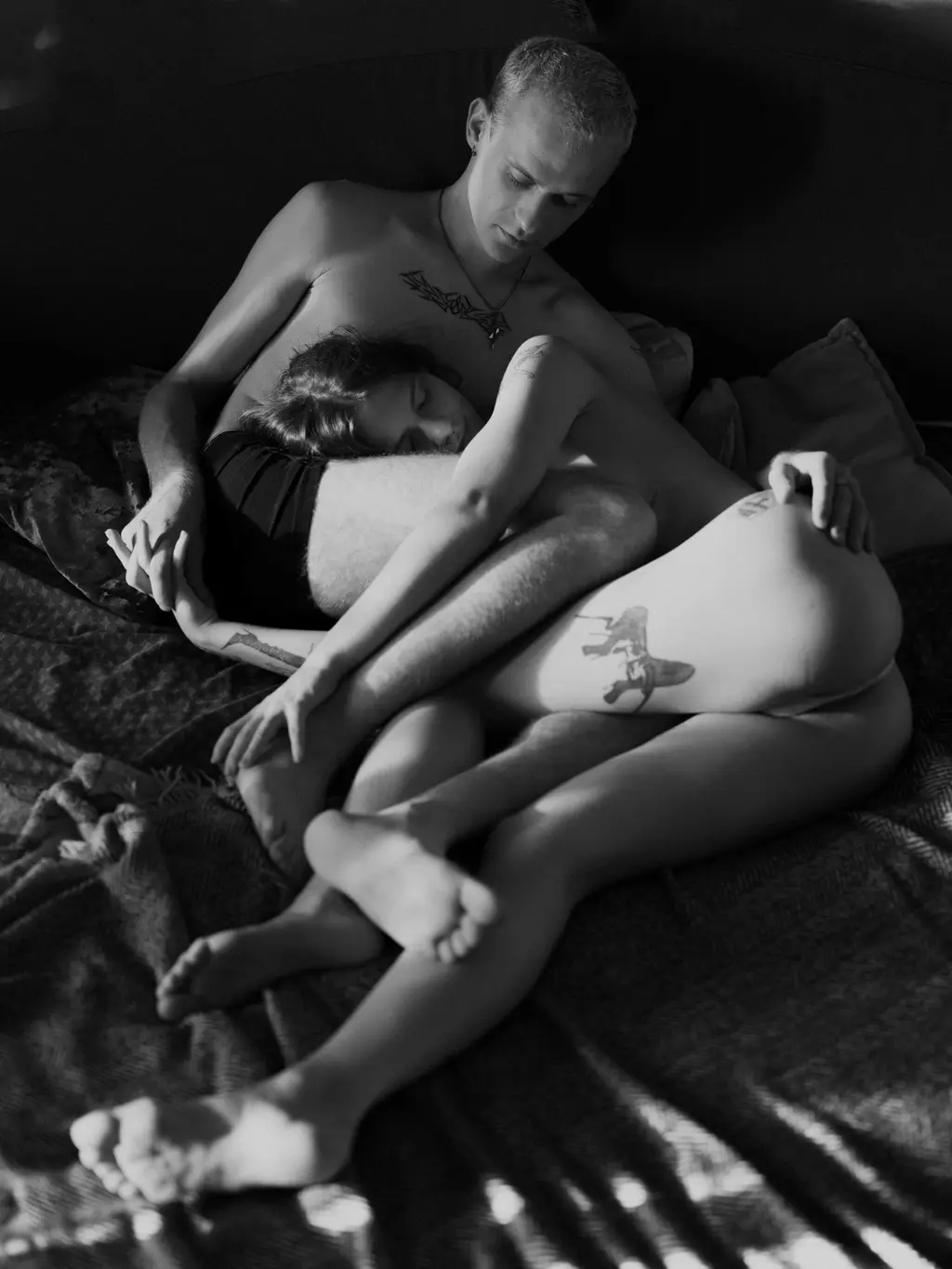
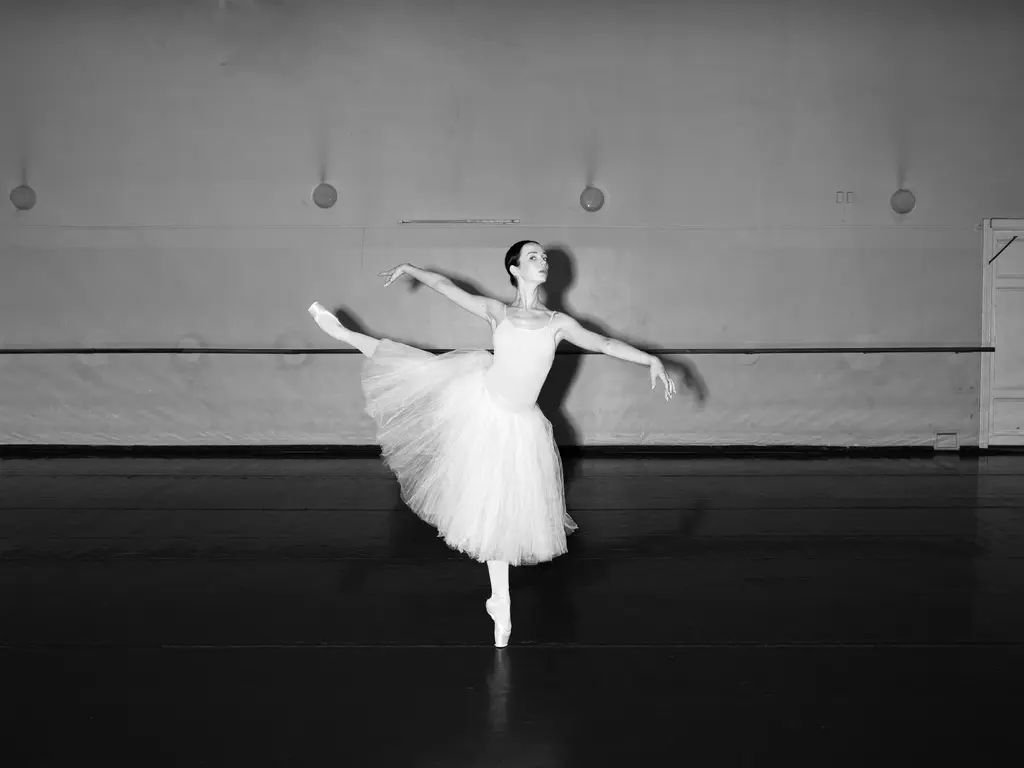
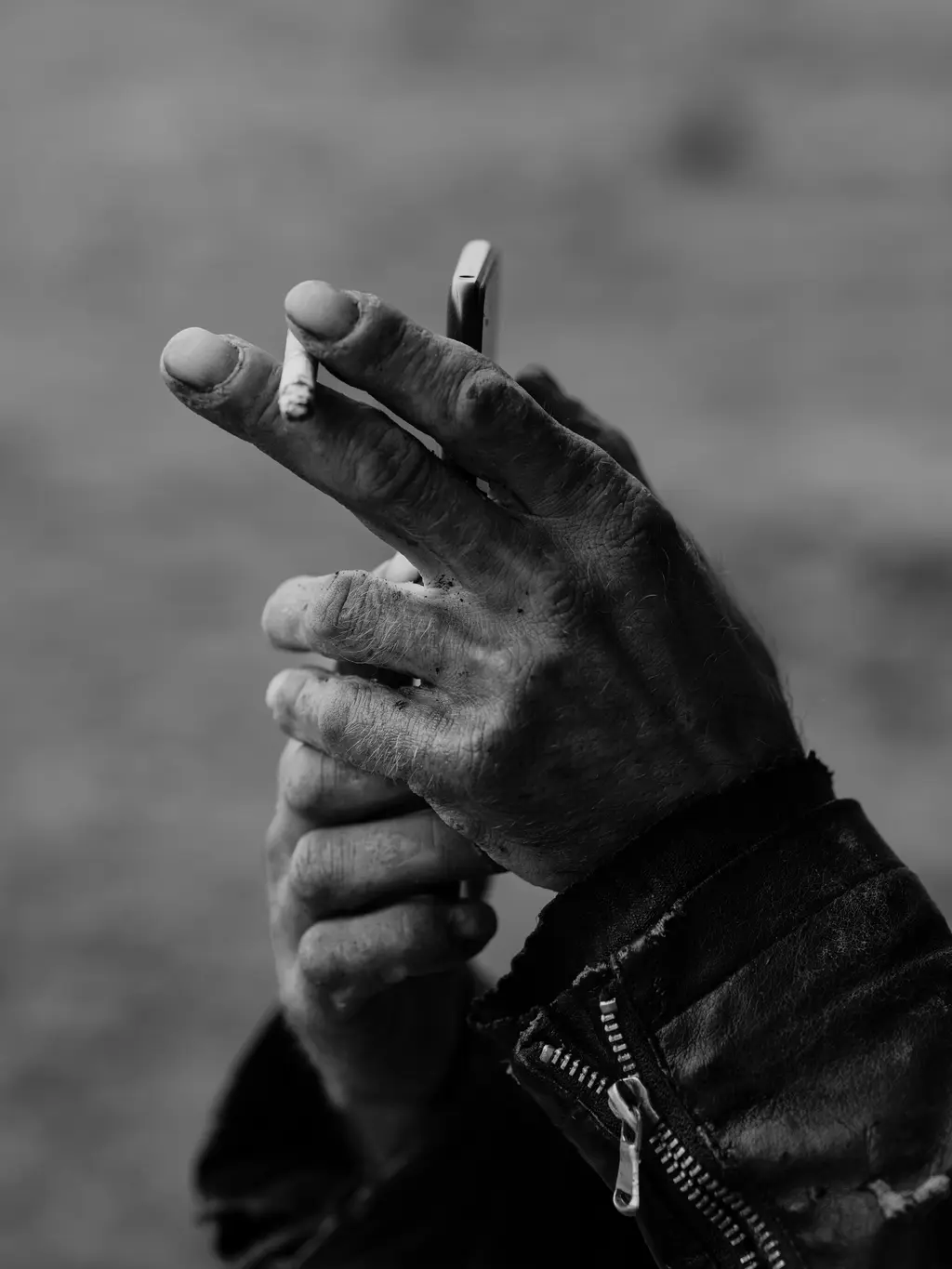
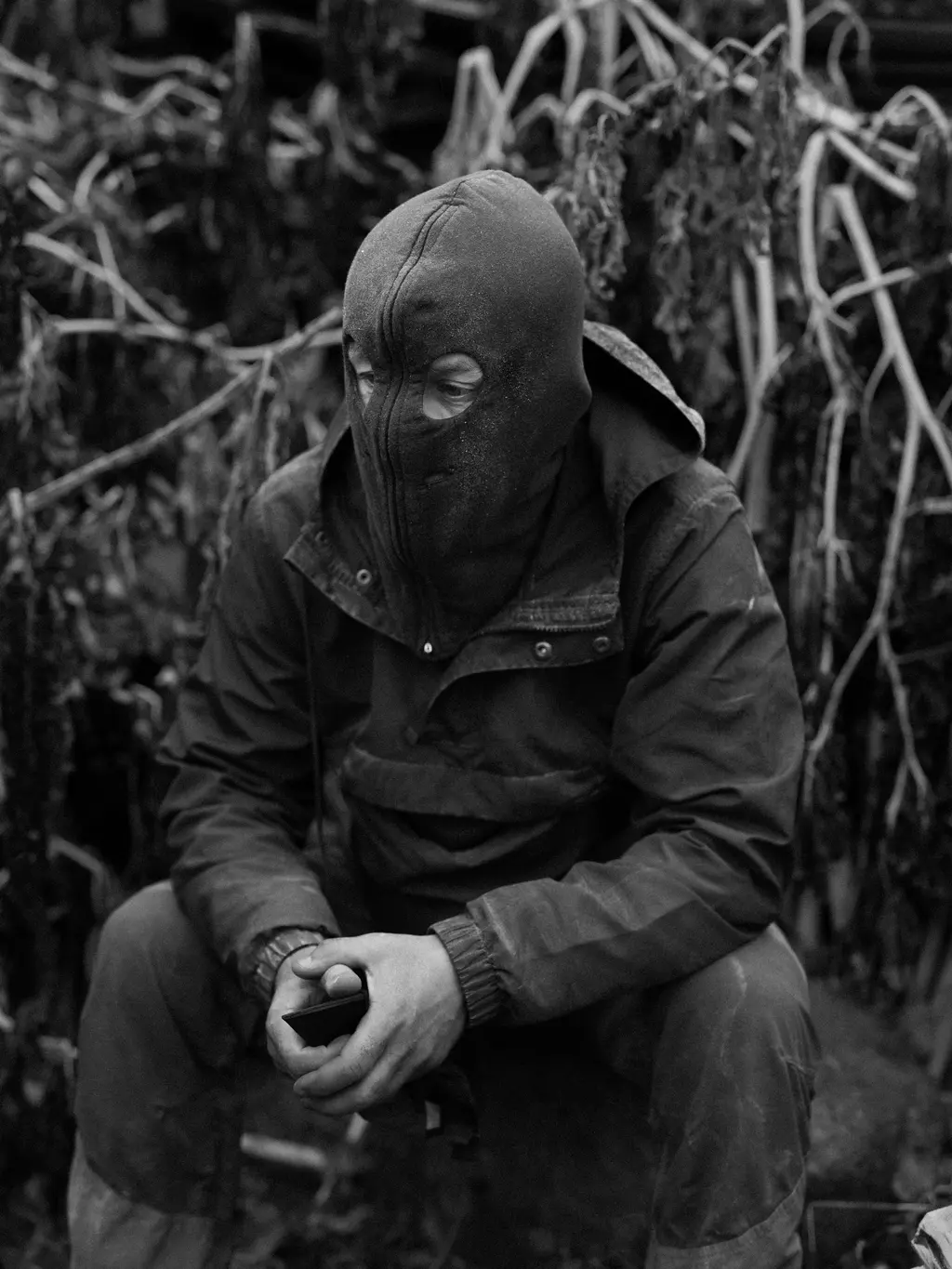
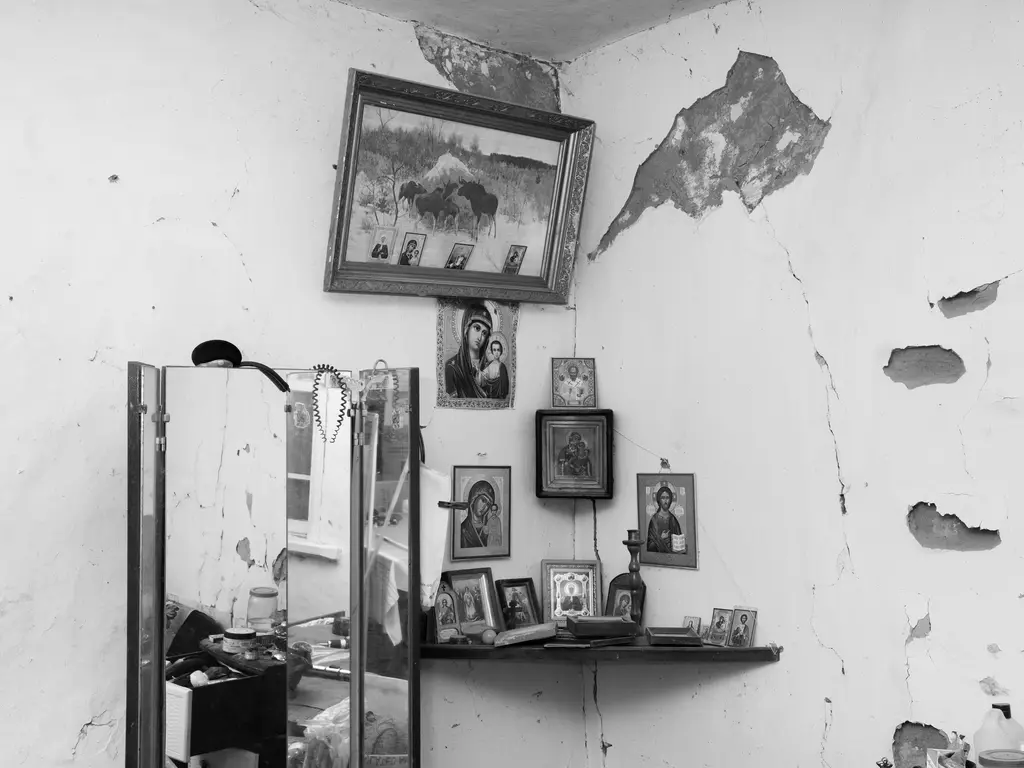
Aria made the connection between photography and social change early on. At 15, he would pick up a meal deal for the woman selling The Big Issue outside his college every day. One day, he took a few photos of her and set up a GoFundMe page. “It got 60 quid – that’s about a month’s worth of lunches. In 24 hours it was done,” he says.
By the time Aria first travelled to Ukraine, he had already spent several years photographing and volunteering in places such as Calais and The Gambia.
“I don’t subscribe to [the rule that] ‘you should only photograph communities you belong to.’ I don’t think that’s true. I think art would be really boring in that case, but my subjects always have a very big voice in [my] work,” he explains.
Now, Aria’s working on the third volume of his sketchbook series. This time, it’ll focus on the children he and his fellow volunteers provide resources and shelter to on the frontline. “I’ve been giving them postcards from all around Ukraine and asking them to draw on top of them, like Carolyn Drake did in Wild Pigeon,” he says. “I expected the kids to draw burning buildings or a rocket on this image of Sevastopol, but they drew their grandmas and palm trees, the sun… They drew their vision of Ukraine – what they want it to be, not what it currently is. There’s so much hope in that.”
Sketchbook Volume II is open at Have a Butcher’s Gallery until 2nd July 2024. All proceeds from the sketchbooks will go towards Base UA and Livyj Bereh.
